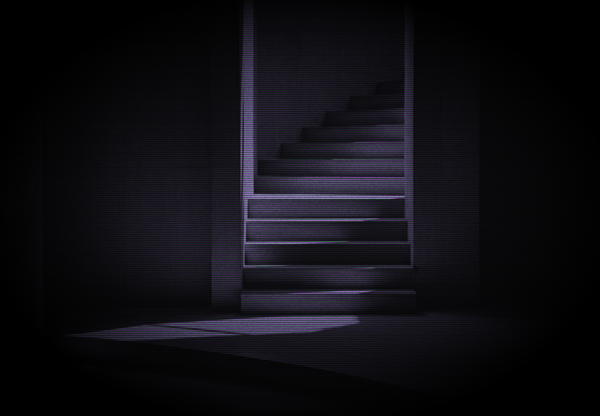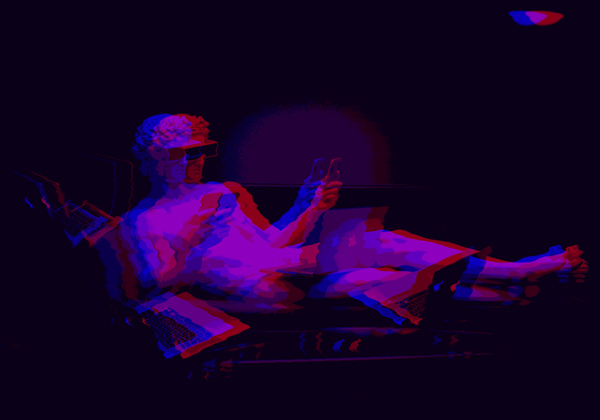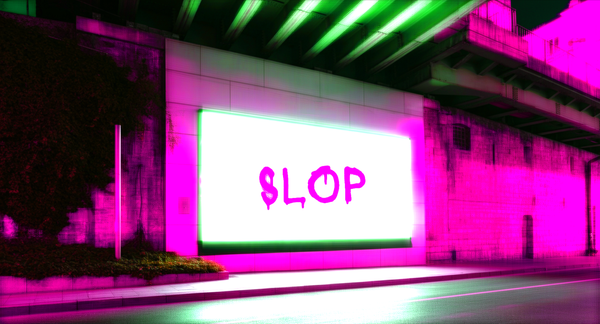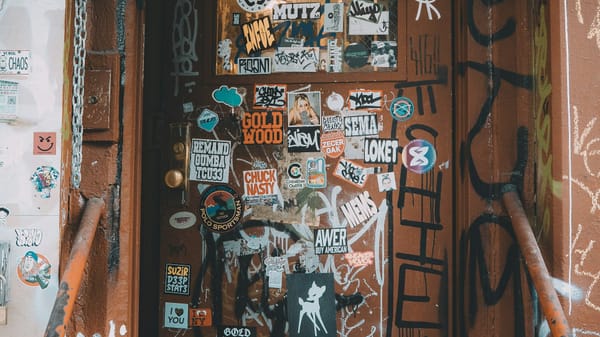Design's handmaiden role
A professional journey from craft to commodity
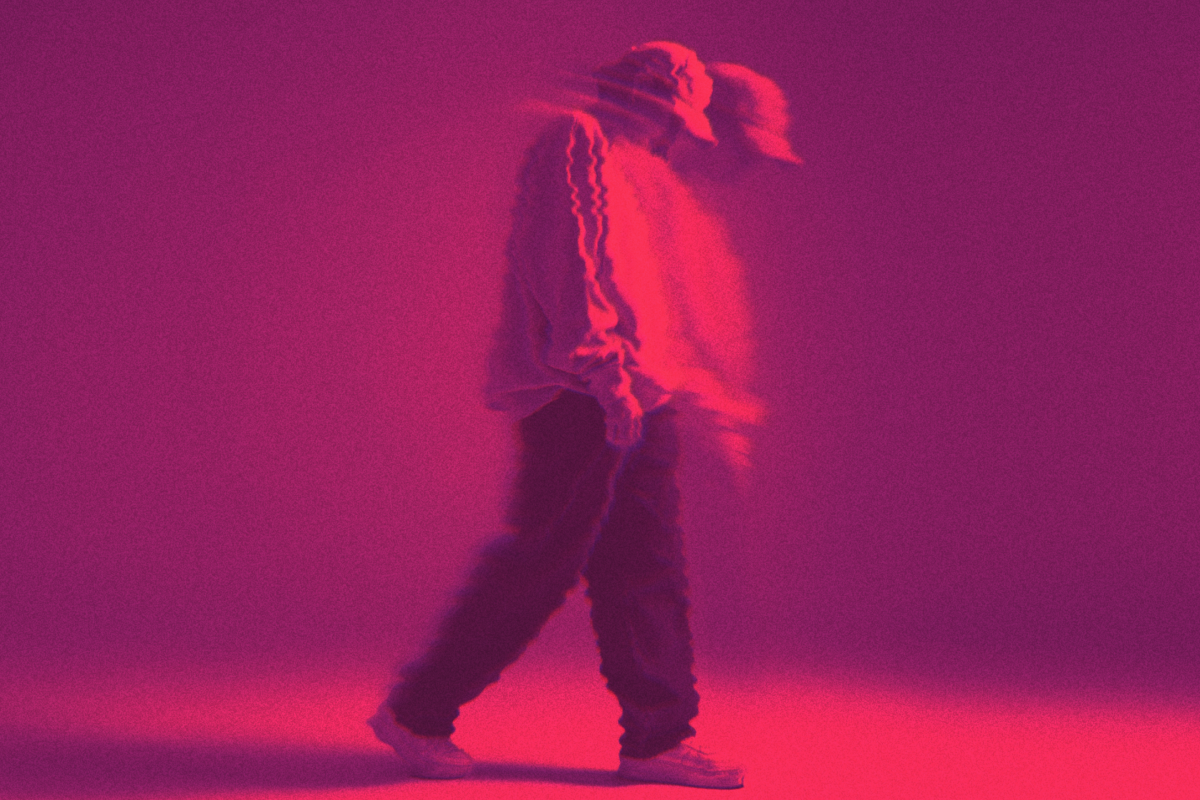
In 2023, I found myself in a melancholic situation. I was addressing a digital space full of Design Operations professionals, telling them that we were navigating some turbulent times, that we needed to understand how business-as-usual was reshaping our discipline into something unrecognizable, and to develop a critical consciousness about our complicity in the very systems we zealously sought to humanize. It felt like a eulogy.
The months that followed have proven that my "doomer" warnings were, if anything, too optimistic. The situation has indeed become worse—catastrophically so. The tech layoffs of 2022-2023, which people thought were economic corrections from an overabundant COVID stay-at-home period, turned out to be more like ideological purges. They were a great shift in the mindset of the digital economy, proliferated by the dominant mindsets and powers of Silicon Valley, that in the coming years would be dominated by AI-first everything. What emerged from this carnage wasn't a leaner, more efficient industry, but what now seems like the complete subsumption of design into business-as-usual and the enshittification of everything digital.
The central misconception that is slowly strangling design lies in the impossible promise that we could somehow inject humanity into systems designed to extract value. As designers, we told ourselves we were "user-centered" while building platforms that weaponized addiction through gamification techniques, and sharing the book ‘Hooked’ like a bible. We spoke of "empathy" while designing for growth strategies (“at what cost?”, as Ida Persson recently questioned). We championed "accessibility" while working for companies that treated human attention as a commodity, turning private data into elaborate person profiling for luxury surveillance.
Of course, this was not a master plan of some sinister and secret design cabal. We had internalized what late-stage capitalist demands: the belief that it is easier to imagine the end of the world than the end of capitalism, even in domains that should be fundamentally opposed to it (known as Capitalist Realism, by the late Mark Fisher). Design Operations emerged as a discipline precisely to manage this contradiction and, in a way, to create the infrastructure that would allow "good design" to flourish within systems that are ontologically opposed to human well-being.
The genius of capitalist realism though, is how it transforms even critique into profit. When we asked "how might we create better user experiences", market logic turned that into "how we might make exploitation more palatable, more efficient, more psychologically sustainable for both exploiter and exploited".
What we witnessed in the great culling of the massive layoffs in the past few years wasn't random market volatility. Companies were shedding not just workers but the very idea that technology should serve human needs rather than the growth imperative. Design Operations, a discipline created to scale humanistic design practices, became simply an institutional memory of a time when technology companies at least pretended to care about users.
Consider the violence of this transformation. Expert professionals, many with decades of experience, were discarded not because they lacked skills but because their skills had become ideologically problematic. They knew too much about what good design looked like. They carried within them the dangerous knowledge that things could be different. And so business-as-usual cried for a "return to craft" or seen through another angle, to "make design great again".
The introduction of artificial intelligence into this already bleeding ecosystem represents the final acceleration. AI doesn't merely threaten to replace human labor; it threatens to replace also human judgment, ethics, and pretty much any possible consideration of consequences.
When companies invest in AI-powered tools, they aren't seeking to augment human creativity; they're seeking to eliminate the last sources of friction in their quest for fewer workers, fewer questions. Human designers ask inconvenient questions about users, long-term consequences, and ethical implications. AI, trained on the detritus of our compromised profession, simply optimizes for engagement and conversion. It never complains and can work non-stop.
This technological substitution accelerates through the cruel efficiency of economic logic when everything in business is seen as numbers. Even people. Companies can simultaneously reduce headcount and increase output, replacing entire design teams with Shopify themes, Figma component libraries, and LLM-generated interfaces that meet basic functional requirements without the "luxury" of human insight or ethical considerations. This is the logical conclusion of treating design as a commodity rather than a practice of care.
The expert labor that once differentiated digital experiences has been systematically devalued through this technological substitution, leaving designers to compete not just with each other but with automated systems that never question the fundamental assumptions of extraction and engagement optimization that define contemporary digital capitalism.
This systematic devaluation reveals something deeper about what we've lost, which is not just jobs, but an entire understanding of design as care labor. If we use the metaphor of design as care labor, it reveals an interesting layer of this ideological detriment. Like other forms of care work, design involves attending to needs that cannot be easily quantified or commodified. It requires time, attention, and emotional intelligence, qualities that are antithetical to the logic of perpetual growth and optimization.
In business-as-usual, this care principle is always the first thing to be cut when "efficiency" demands it. It is seen as a nice-to-have. As a cost in the spreadsheet. Childcare, eldercare, healthcare, mental health support, they are all seen as luxuries that can be eliminated when profits are threatened and when a recession hits. Design, if we think about it as care labor, was always going to meet the same fate.
The irony is that many of us fled traditional design roles into Design Operations precisely to escape the commodification of our craft. We thought we could build systems that would protect the humanistic elements of design from market pressures.
In that sense, my transition from Design Operations back to traditional design work wasn't really a career move, but rather a form of ideological retreat. I was fleeing from the impossible position of trying to humanize the inhuman, returning to the relatively simpler contradictions of individual contributor challenges. But this retreat was itself a kind of defeat, an acknowledgment that the systemic change I once believed possible was perhaps illusory.
The eulogy was not necessarily about my job title, but for the entire fantasy that design could serve as a humanizing force within the tech world. What remains is not design in any meaningful sense but what we might call "design-shaped objects", simply interfaces and experiences that mimic the forms of human-centered design while serving purely extractive functions.
Like Baudrillard’s 'simulacra', these artifacts no longer point to any original notion of care, empathy, or utility. They are copies without a source, aesthetic performances of “user-centricity” masking systems of control, surveillance, and monetization. In this hyperreal landscape, design becomes not a mediator between humans and technology, but a veneer. Design is reassuring, frictionless, and ultimately stripped of any value.
This is perhaps the most weird aspect of our current predicament: the aesthetics of humanistic design have been completely separated from their ethical content. Companies can now produce interfaces that look empathetic, feel accessible, and appear user-centered while proliferating systems that are fundamentally opposed to human well-being. The visual language of care has been extracted and appropriated.
So what comes after grief? The honest answer might be ‘nothing’, at least nothing that resembles good design, for now. But there's a strange liberation in finally admitting that the emperor has no clothes, that the entire project of humanistic design under capitalism was always doomed to fail.
Perhaps the real question isn't how to save design but how to develop practices of care and creativity that exist outside the logic of capital accumulation entirely. Could this mean abandoning the professional identity of "designer" altogether? Could this mean recognizing design as a category that has been so thoroughly colonized by capitalist logic that it can no longer serve human needs?
So we need to stop mourning what we've lost and start imagining what we might build in the ruins. But first, we must come to accept what has been lost, what was always impossible. Only then can we begin to reconcile with loss, not for the profession we thought we had, but for the illusions that made it bearable to participate in our own exploitation.
The eulogy I gave was not the end of a profession. It was the moment I finally understood that the story I thought I was living was itself a product of the very system I was trying to resist. The bigger story, whatever that means, can only begin after the burial is complete.
